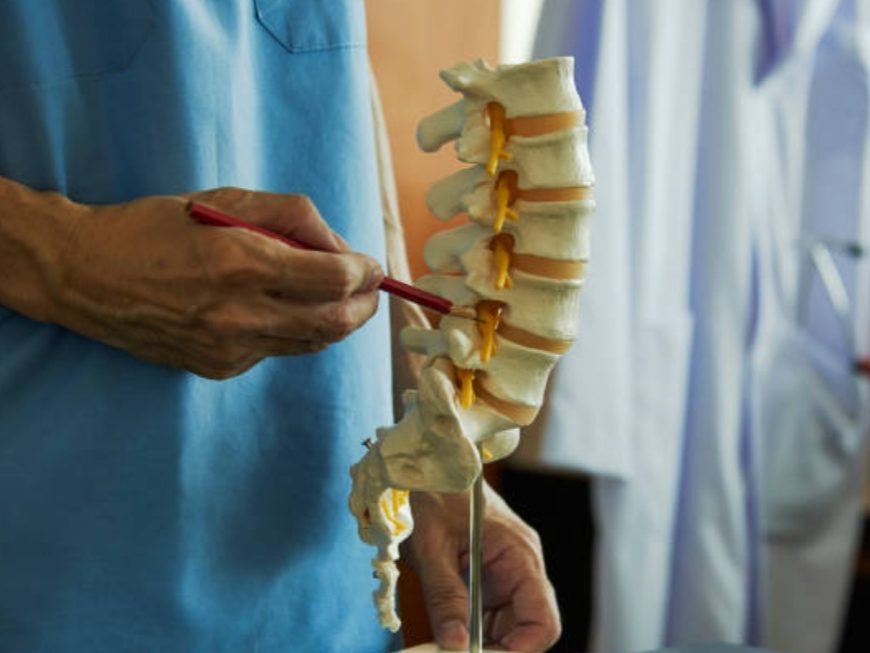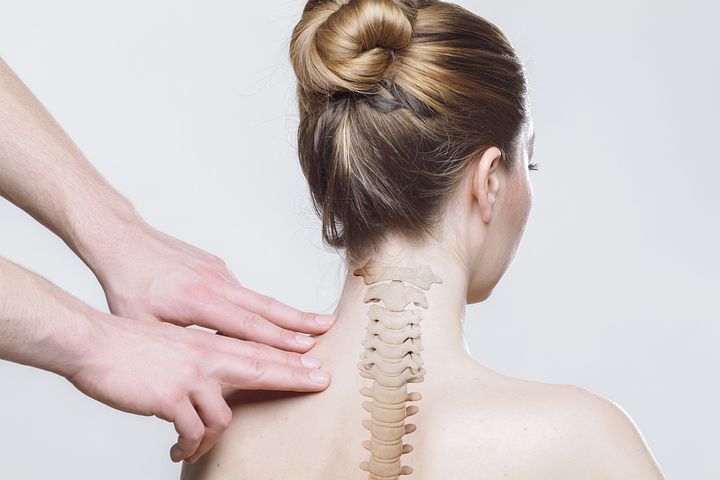
Journey into the lumbar spine | A primer on neuroanatomy
The nerve roots supplying the lumbosacral region originate from the lumbosacral part of the spinal cord and terminate in the conus medullaris, the cone-shaped lower end of the spinal cord. The tip of conus medullaris is often located at approximately the L1–2 intervertebral level, but it may end as high as T12–L1 or as low as L2–3. Therefore, the lower lumbar and sacral nerve roots … Continue reading Journey into the lumbar spine | A primer on neuroanatomy

